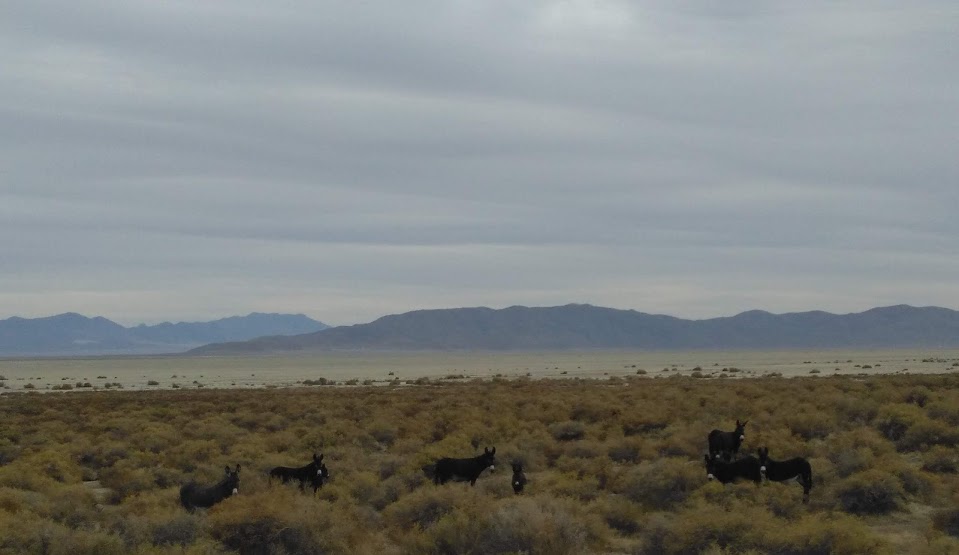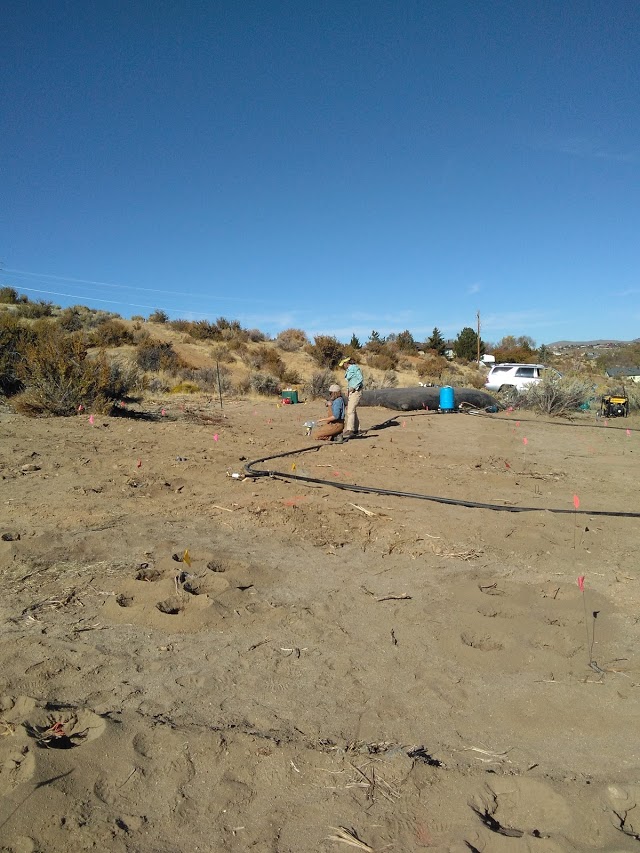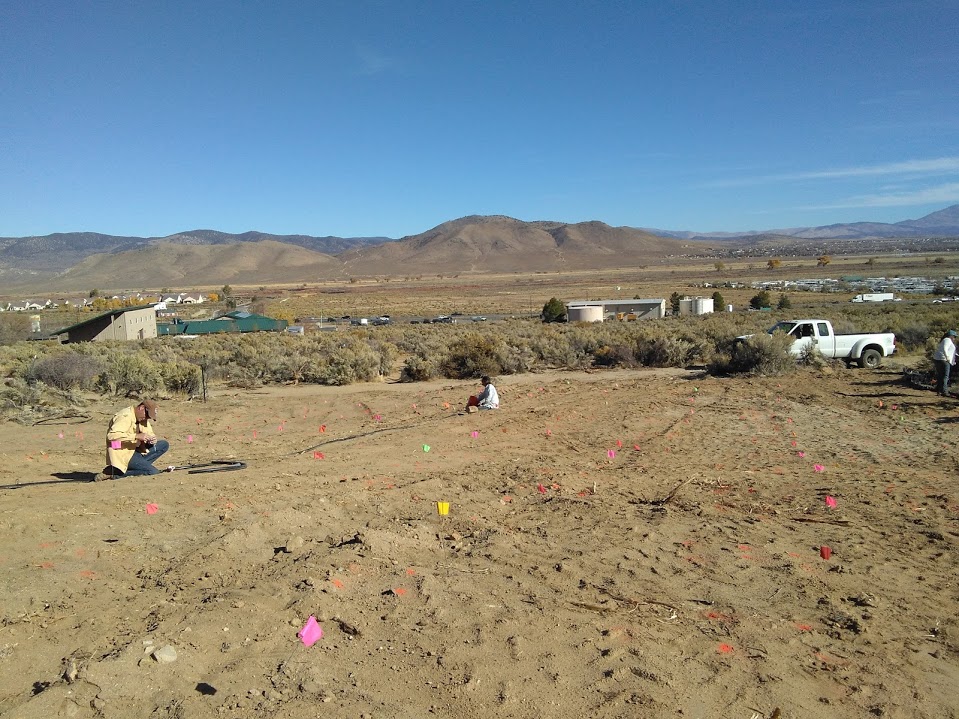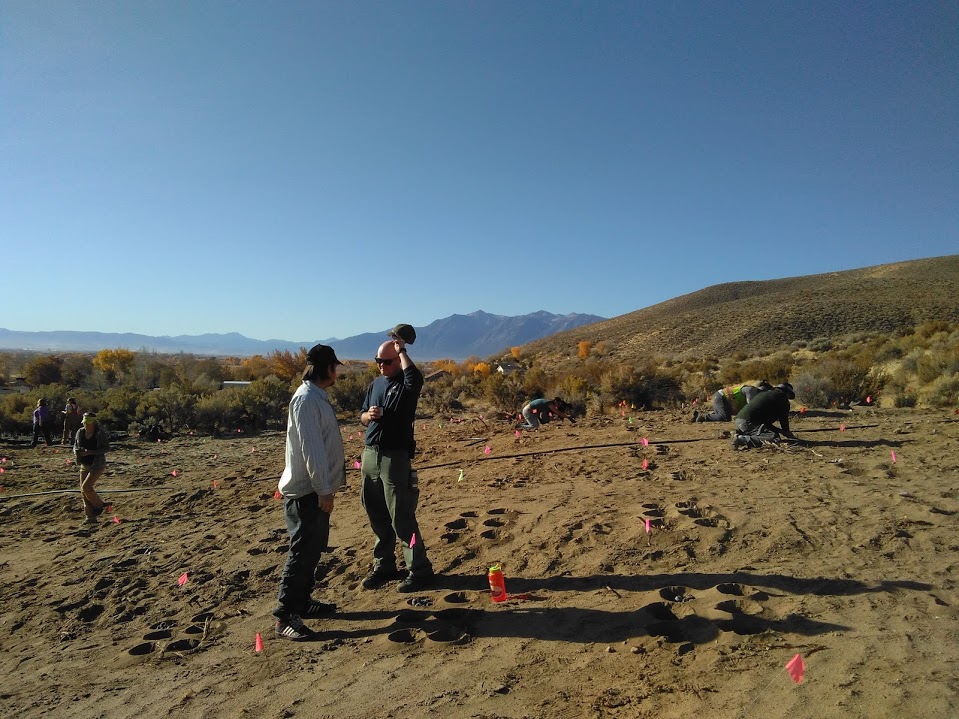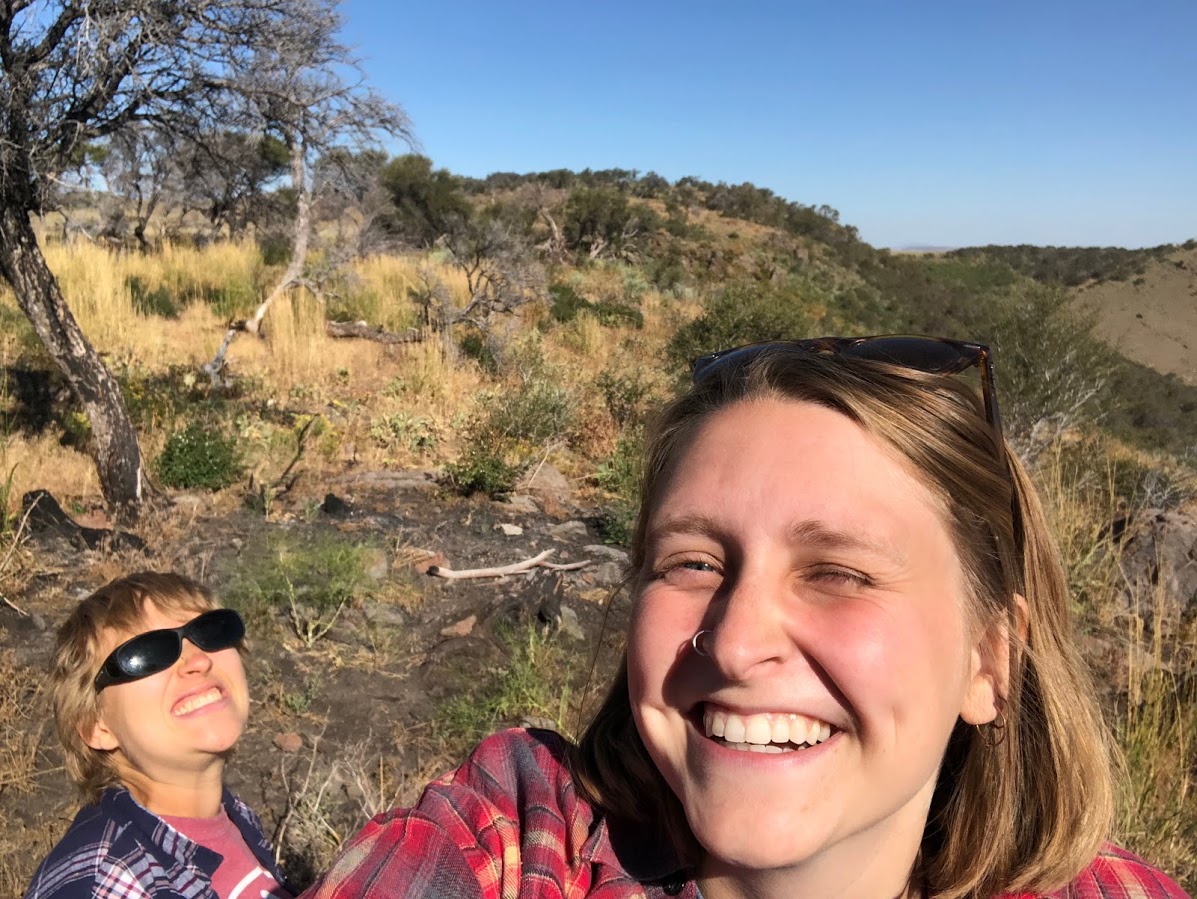
We are officially wrapping up the last few things for the season. The coming end has filled me with a mixture of accomplishment, pride, joy, but also sadness. It is a day that I didn’t think would come so soon and as quickly as it did… yet, here it is. In spite of, it being a relatively sad time, it is also a time of reflection. To reflect upon what I have done, how I got here, and what the future may have for me moving forward.
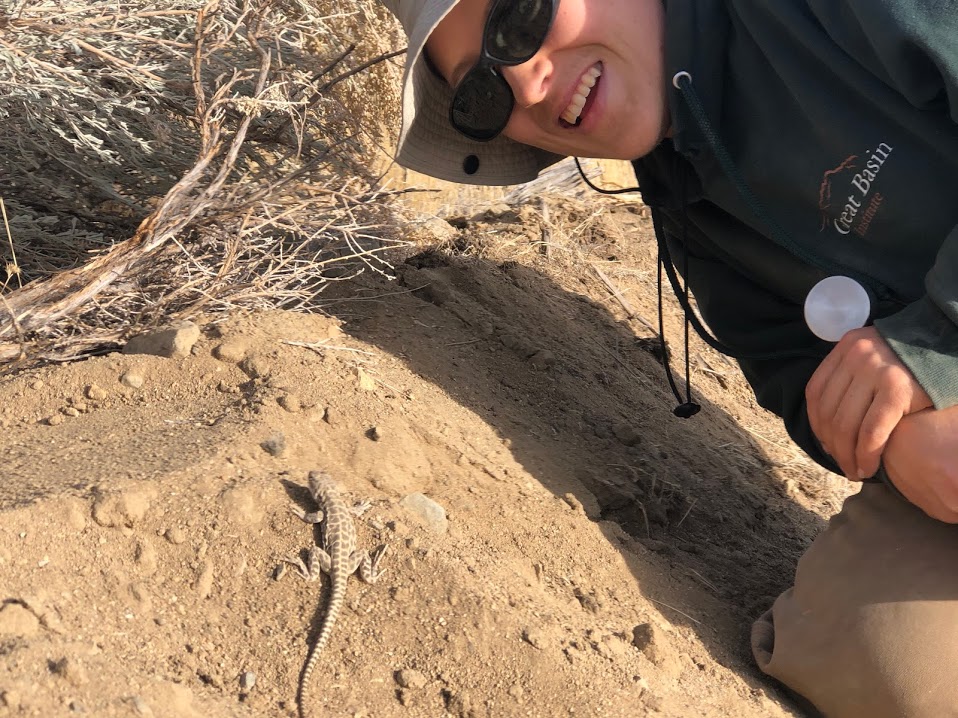
It truly says something when you are out in the field and wild places when as though by magic you begin to recognize the intricate patterns of native plant populations. You build an intimate relationship with them and quickly realize some of their favorite “haunts”. Silver-leaf Phacelia prefers the comforts of forested habitat, Erigeron pumilus and Machaeranthera canescens, however, prefer the rugged and rocky landscape of the open country. It dawned on me only after the fact that our success may be due in part to our ability to recognized the terrain and habitat type.
The irony, however, of these “wild-places” is that we never exist in isolation. It was very common for us to work with project partners or even run into other people out to enjoy the area or even living out there. These are some of my fondest memories, sharing passions with other people. We spoke often with landowners and the general public, and every time we found that people were excited to see us. It just goes to show that regardless of where we stand we often have the same goals, protect our natural areas. It is just our motivations and how we plan to get there that is the difference.
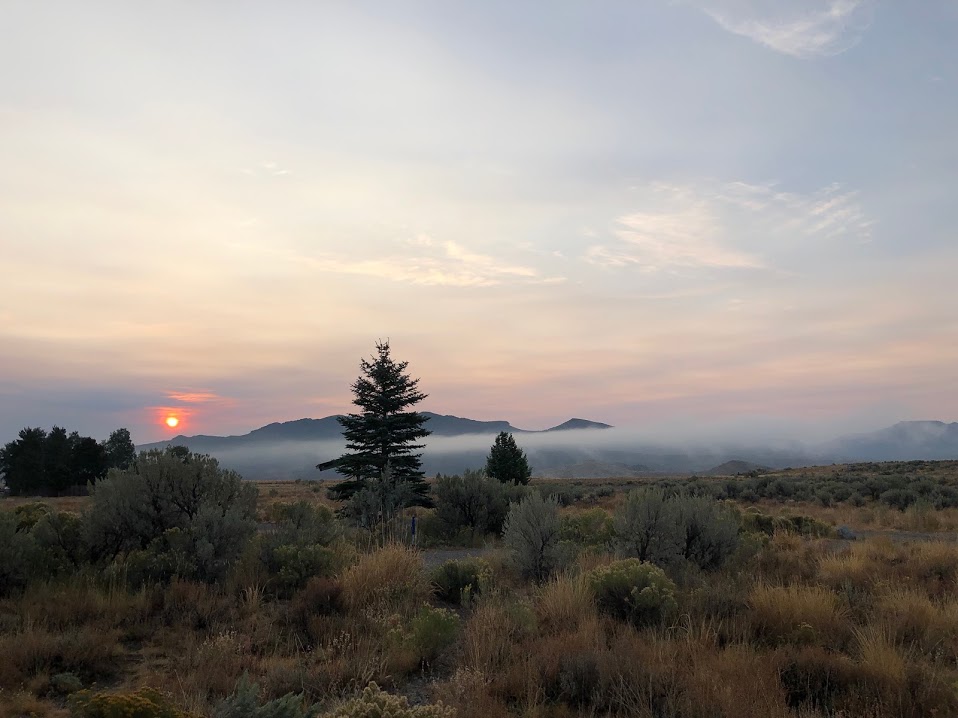
I studied as an ecologist in my college years and, was a specialist in invasive species (primarily insects, trees, and herbaceous plant material). I, however, had never in my wildest dreams believed that I would move out West to Nevada and begin my career here. The people I have met and the skills I have groomed have changed me, on a deeply personal and professional level. I have learned how to utilize GPS software and programs in ways I didn’t realize were possible. I learned about population viability beyond a calculation standard for the classroom. Most importantly I think, I met people, people who are as passionate and driven as I am to dedicate themselves to this lifestyle. Determined to leave the world better than when they found it.
I don’t know what the future holds for me but, I am glad to have been apart of the S.O.S. program. I am grateful for all the opportunities that presented itself to me, the people whom lives I affected and those who affected mine, and also for rekindling my spark for conservation in a time of pure uncertainty. I hope that I can return to the CLM internship program to continue to work and continue to make this world a better place one day at a time.
Happy trails and may we meet again.

